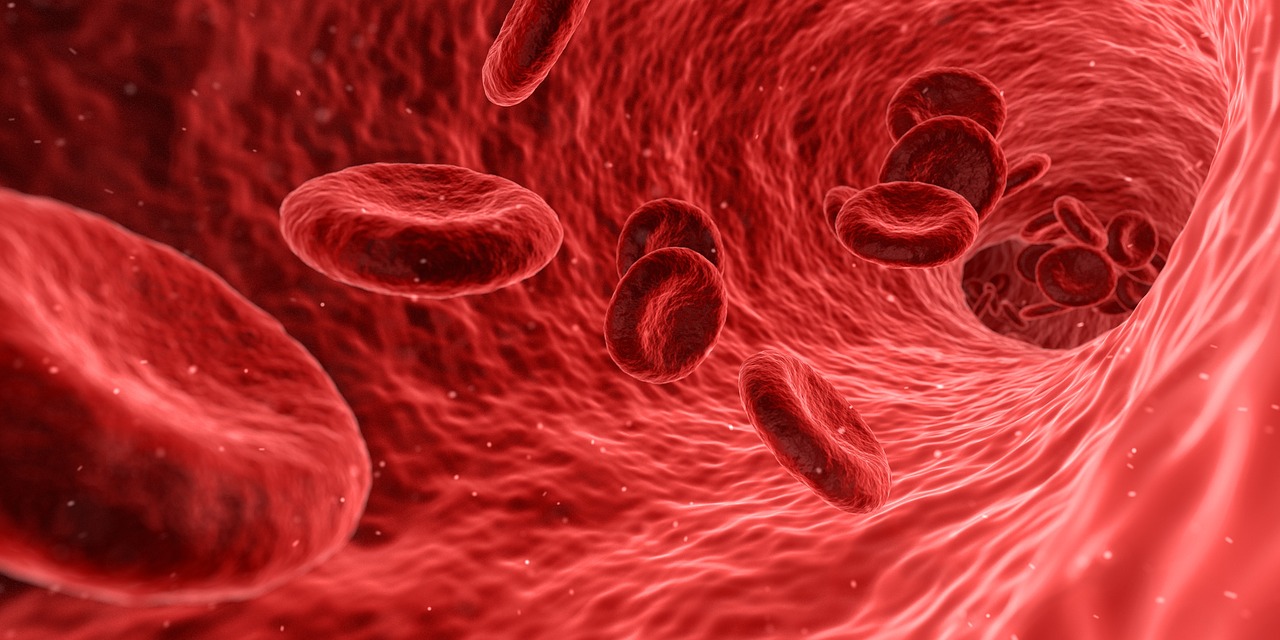We all know very well that our blood contains RBCs,WBCs and platelets etc. Blood is one of the most essential parts of our body. Infected blood is a major problem in many countries. What if someday we are at a point in life (we very much will be), where there is a rare epidemic disease and we immediately require blood cells in the the future? In fact creating a blood substitute is a big business spending billions for its research.
Here’s a way to solve the problem – “artificial blood cells”. The idea where we create our own artificial blood cells to replace the damaged ones and supply oxygen to the body is the cutting edge research at present. Let us see what are these artificial blood cells.
A blood cell also called as haemtopoietic cell, hemocyte or hematocyte is a cell produced through hematopoiesis and found mainly in the blood. Blood supplies oxygen to tissues whereas artificial blood is used as a substitute for red blood cells.

Blood substitute also called as ‘artificial blood’ mimic the functions of blood. It’s main aim is for the blood transfusion process. While true blood serves many different functions, artificial blood is only designed for the purpose of transporting oxygen and carbon dioxide throughout the body.
Why do we need artificial blood?
Blood substitutes work better rather than regular blood and can withstand a harsh environment. Also,
How are artificial blood cells made?
They are more accurately called ‘oxygen carriers’ because they only do one job to carry oxygn and carbon dioxide. There are two types of oxygen carriers such as Perflurochemical Oxygen Carriers (POC) and Hemoglobin-Based Oxygen Carriers (HBOCs).
Perflurochemicals:
Perflurochemicals are excellent carriers of gases such as O2,CO2,CO,N2. They are composed of straight chain molecules of carbon and flurine. These compounds are insoluble in water and do not produce much chemical and biological reactions. So, they are completely free of biological materials and there will be no risk of infectious agents contaminating them. They can dissolve approximately 50 times more oxygen than blood plasma, the liquid that surrounds the red cells. In order for perflurochemicals to work, they need to be combined with other materials to enable them in the blood stream. These companion materials are lipids, fatty acids which will be in the form of small tiny particles in a suspension such as emulsion. So, when these combined particles are extremely small they can be easily injected inside the blood stream.
HBOCs:
Hemoglobin-based oxygen carriers (HBOCs) harness the same oxygen-carrying protein molecule found in blood. Hemoglobin can be obtained from outdated red cell concentrate. HBOCs have no membrane like the membrane of a red blood cell containing the antigen molecules which determine the ‘type’ of blood ( A,B,O,AB). As they don’t have membrane, they do not need to be cross-checked by type and can be given to any patient. These HBOCs also have the advantage of being stored for longer periods. Best of all, HBOCs can be used in places where the real blood is very hard to find. However there are concerns of having the lack of availability of hemoglobin.
Respirocytes are nanomedical devices of 1 micron in diameter designed to operate on the molecular level. Respirocytes functions as artificial red blood cells carrying oxygen and carbon dioxide.
Blood replacement products can be stored for a longer period of time but human blood must be used within few weeks of being donated. Blood substitute can be stored even at room temperature rather than refrigeration and there is no risk of transfusion taking place. We can eliminate any infections from the blood replacement product also with less time spent on testing and cross-matching the types of blood. Currently blood transfusion technology is limited to short-term blood replacement applications.
The IIT team of Madras Recently got a funding approval from the Union ministry of science and technology (India) to produce artificial blood on an industrial scale. This blood would be tested on animals before human trials. If the trials prove successful, it will help hospitals overcome shortage of blood and save many accident victims. In the United States clinical trials are expected to begin with Flusol-DA supposedly the most advanced blood substitute so far at as many as 16 medical centres. Researchers have developed a line immortal stem cells that allow them to generate an unlimited supply of artificial red blood cells on demand. NHS Blood and Transplant, in collaboration with the Universities of Bristol, Cambridge and Oxford, will take stem cells from adults or the umbilical cord blood of newborns and trigger their development into mature red blood cells. These blood cells will then be transfused into a small number of people to test the safety of the procedure.
References:







GIPHY App Key not set. Please check settings